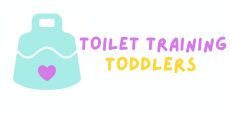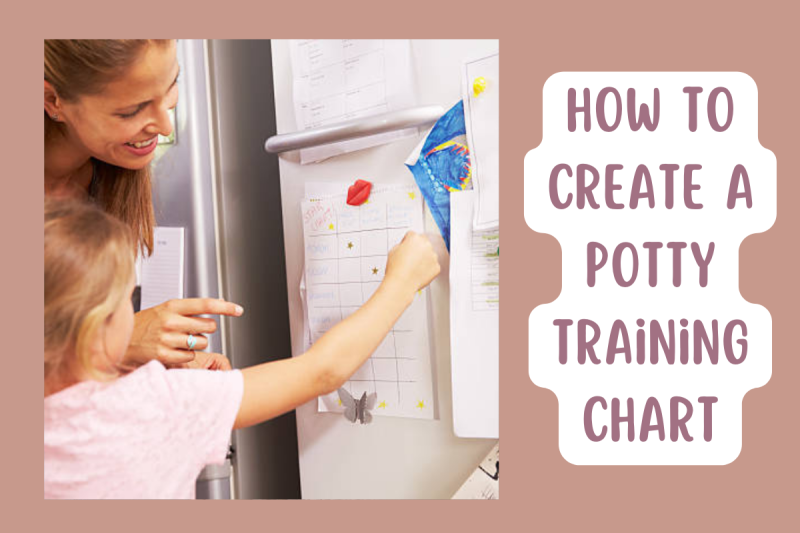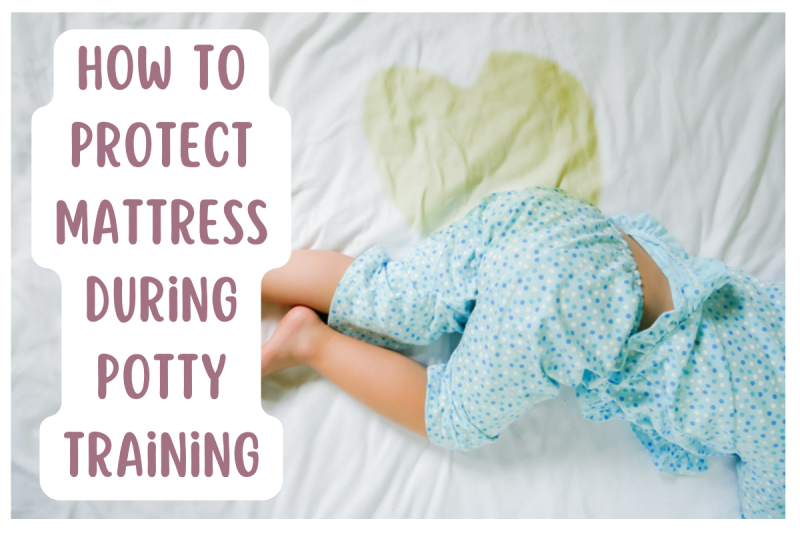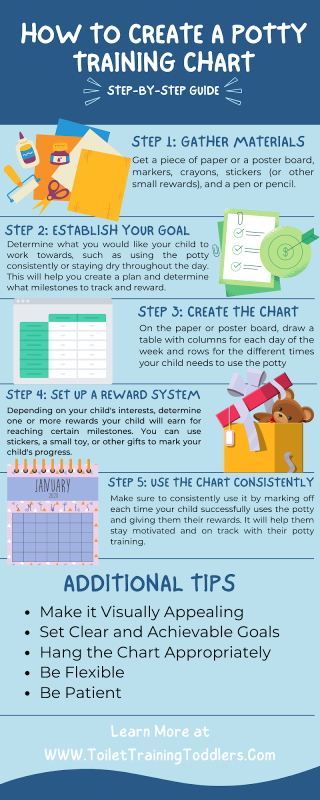Potty training can be stressful for parents and toddlers alike, so it’s essential to be patient and consistent until your little one is fully potty trained, which can take a long time.
However, you can accelerate the process by making a potty training chart. The chart is basically a reward chart that motivates the child and builds positive reinforcement. So, if you’ve just started to potty train your toddler and want them to transition from diapers to the toilet quickly, learn how to create one easily.
Disclaimer: This blog post contains affiliate links . If you use them, we might be rewarded credit or a commission of the sale. Please note that we only recommend tools that we personally use and love and we always have our readers’ best interest at heart.
What Is a Potty Training Chart?
A potty training chart is a weekly, daily, or monthly calendar that helps you track your toddler’s potty training trends and progress. It motivates children by allowing them to see their day-to-day progress and giving them a sense of self-awareness during their toilet training journey.
Potty charts have fillable fields where you can add fun stickers or tick marks every time your child completes a daily task. On the other hand, you’ll need to add an “X” (cross) if an accident happens.
You can also give your child a small reward (anything they like) each time they use the potty successfully to encourage them.
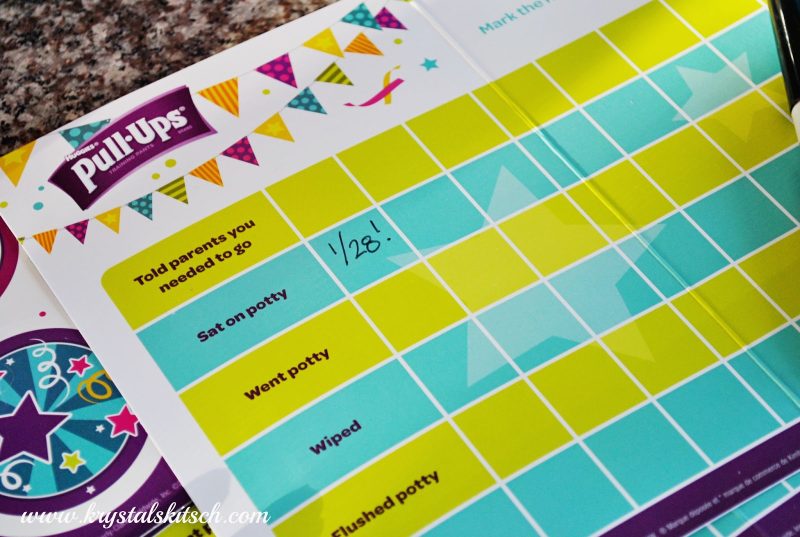
How To Make a Perfect Chart
Here are the key steps to follow to create an efficient potty training chart for your toddler.
Step 1: Gather Materials
Get a piece of paper or a poster board, markers, crayons, stickers (or other small rewards), and a pen or pencil.
Step 2: Establish Your Goal
Determine what you would like your child to work towards, such as using the potty consistently or staying dry throughout the day. This will help you create a plan and determine what milestones to track and reward.
Step 3: Create the Chart
On the paper or poster board, draw a table with columns for each day of the week and rows for the different times your child needs to use the potty (such as after waking up, before meals, and before bedtime).
Label each column and row with the appropriate information. You may also add other details, such as a section for tracking accidents or a place to mark when your child uses the potty on their own.
Step 4: Set Up a Reward System
Depending on your child’s interests, determine one or more rewards your child will earn for reaching certain milestones. You can use stickers, a small toy, or other gifts to mark your child’s progress.
Additionally, you may set up a larger reward for when your child reaches a particularly significant goal, such as consistently using the potty for a week.
Involve your child in the process by letting them help choose the rewards and decorate the chart. This will make it more fun and engaging for them.
Step 5: Use the Chart Consistently
Make sure to consistently use it by marking off each time your child successfully uses the potty and giving them their rewards. It will help them stay motivated and on track with their potty training.
You should also regularly review the chart with your child (for instance, at the end of each day) to discuss their progress and set goals for the next day.
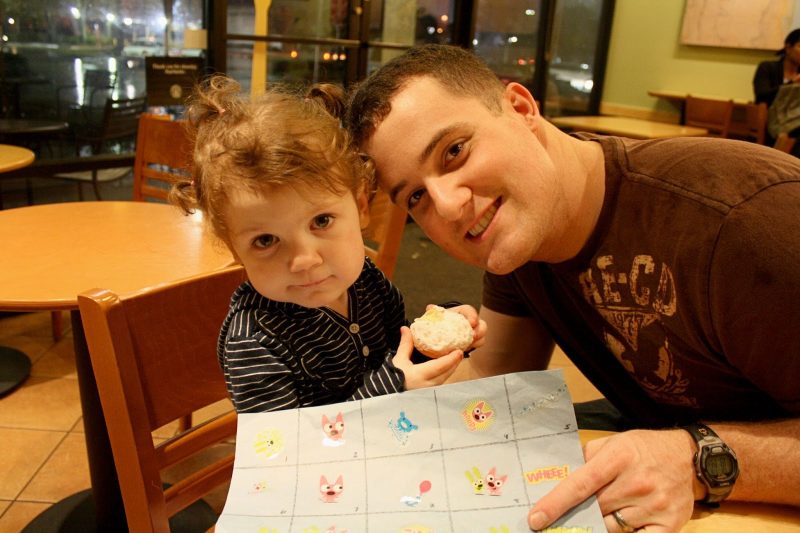
Potty Training Chart Examples
Here’s an example of a basic potty training chart showing a toddler’s first week’s progress.
| Saturday | Sunday | Monday | Tuesday | Wednesday | Thursday | Friday | |
| AM | X | X | X | ★ | ★ | ★ | ★ |
| Mid Day | X | ★ | ★ | X | ★ | ★ | ★ |
| PM | ★ | X | ★ | ★ | X | ★ | ★ |
| Success Score | 1 | 1 | 2 | 2 | 2 | 3 | 3 |
- Total Score = 21
- Success Score = 14
The following is a bit advanced example of a potty training chart you can also use, depending on your child’s age development stage.
| Days | Signaled to Use the Potty | Sat on the Potty | Used the Potty Successfully | Stayed Dry the Entire Day | Success Score |
| Monday | |||||
| Tuesday | |||||
| Wednesday | |||||
| Thursday | |||||
| Friday | |||||
| Saturday | |||||
| Sunday |
If you don’t have enough time, you don’t necessarily need to make the chart yourself. There are plenty of free printable potty training charts available online, and we singled out the most attractive ones below
- Kandoo Potty Chart
- Free Printable Potty Chart
- Mickey Mouse Sticker Chart
- Frozen Themed Potty Chart
- Dinosaur-themed Potty Chart
Additional Tips
Here are some tips for using a potty training chart effectively.
Make it Visually Appealing
Use colorful markers, crayons, and stickers to make the chart fun and visually appealing for your child. You can also involve your child in decorating the chart to make it more personal and engaging for them.
Set Clear and Achievable Goals
Make sure the goals you set for your child are clear and achievable. It will help your child stay motivated and feel a sense of accomplishment when they reach their goals.
Hang the Chart Appropriately
Hanging the chart at eye level for your child is a good idea because it will make it easier for them to see and interact with it. Consider placing the chart in a location where your child spends a lot of time, such as in their playroom, to make it more visible.
Be Flexible
Be open to adjusting the chart or goals based on your child’s progress and needs. The potty training process will likely involve some trial and error, so it’s essential to be flexible and adapt as necessary.
Be Patient
Potty training can be long and challenging, so it’s important to be patient and supportive of your child. Remember to praise your child for their progress, even if they have accidents or setbacks.
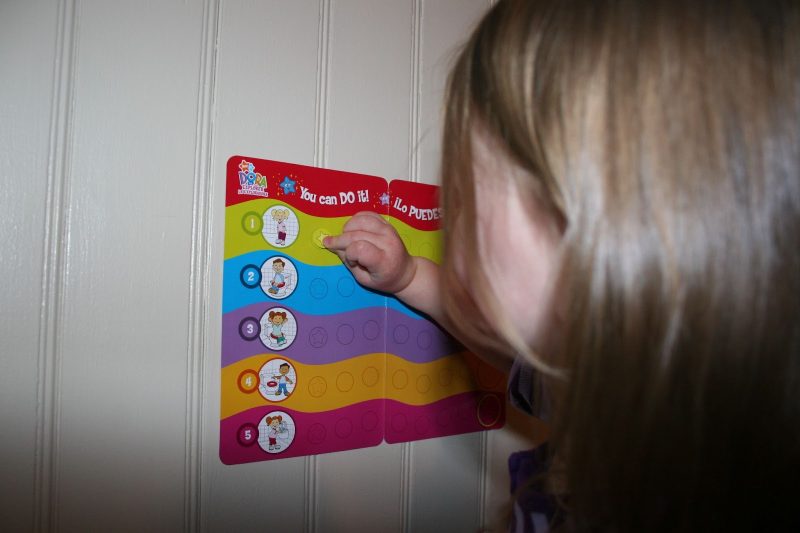
Final Words
A colorful potty training chart and rewards can undoubtedly make the training process more efficient and enjoyable for both children and their parents. So, remember to involve your child in the process to make it more fun.
Lastly, set clear and achievable goals, offer consistent rewards, review the chart regularly, and be patient and flexible.
Don’t hesitate to contact us for more advice or helpful tips.
You can also download our very own reward chart here for free!
